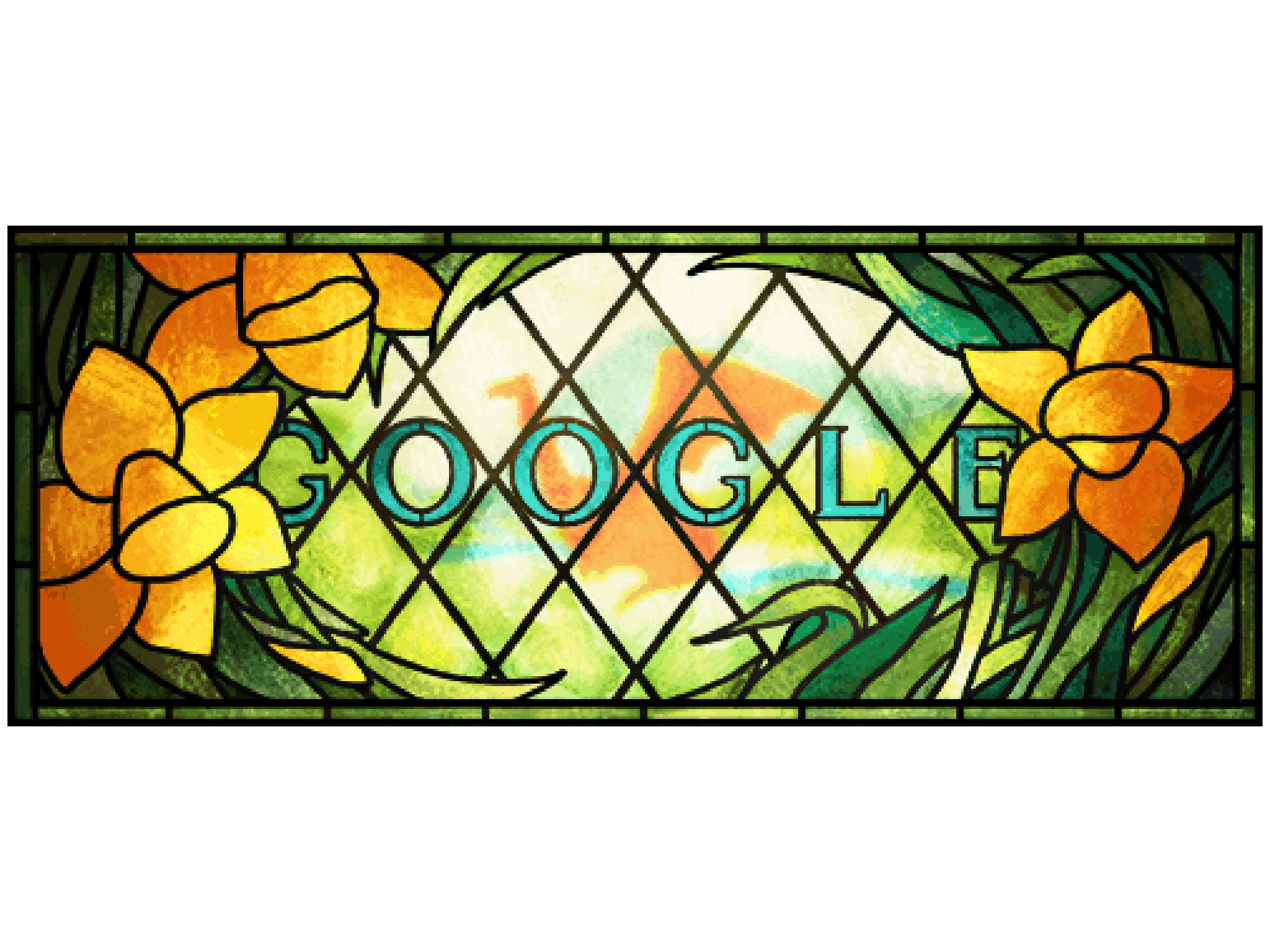St David's Day 2015: This is why Wales' patron saint is now getting a Google Doodle
St David is believed to have existed around the 6th century

Your support helps us to tell the story
From reproductive rights to climate change to Big Tech, The Independent is on the ground when the story is developing. Whether it's investigating the financials of Elon Musk's pro-Trump PAC or producing our latest documentary, 'The A Word', which shines a light on the American women fighting for reproductive rights, we know how important it is to parse out the facts from the messaging.
At such a critical moment in US history, we need reporters on the ground. Your donation allows us to keep sending journalists to speak to both sides of the story.
The Independent is trusted by Americans across the entire political spectrum. And unlike many other quality news outlets, we choose not to lock Americans out of our reporting and analysis with paywalls. We believe quality journalism should be available to everyone, paid for by those who can afford it.
Your support makes all the difference.Google's latest Doodle celebrates Saint David, the patron saint of Wales, and his feast day which falls on the 1 March every year.
Little is confirmed about the life of the saint, known as Dewi Sant in Welsh, but what we do know is that an aristocratic man from West Wales lived around the 6 century and died.
Many mark the day by wearing one of the two national emblems of Wales (either a daffodil or leek) or by displaying the flag of St David, which is a yellow cross on a black background.
A small number of heritage sites, including Beaumaris Castle, Caernarfon Castle, Raglan Castle or Tintern Abbey, open for free on the day.
St David, whose father was Sanctus, king of Ceredigion, is thought to have been born in 520. Some believe that his mother, a sainted nun called Nonnita, gave birth to him on the cliffs under a thunderstorm.
During the medieval period it was also believed that St David was the nephew of King Arthur.
Around 550, St David is thought to have founded a large monastery close by, the first of 11.

He instructed the monks under him to lead a simple life, abstaining from beer or meat. His vegetarianism and only drinking water, led to his nickname Dewi Ddyrwr (the water drinker).
The monk was made an archbishop and was among the early saints who spread Christianity in western Britain. He is thought to have died in 569.
In 1120 he was canonised by Pope Callactus II, following which he was declared the patron saint of Wales.
There are various miracles attached to the saint. He is reputed to have returned a boy from the dead by splashing his face with tears and for restoring a blind man’s sight.
His best known miracle occurred in the small village of Llanddewi Brefi: unable to see over the crowd, after a white dove landed on his shoulder the ground rose up to elevate him from the crowd.
His fame spread so much in the years after his death and burial that the Pope decreed that three pilgrimages to his shrine were equivalent to visiting Jerusalem once.
A petition in 2007 to make St David’s Day a bank holiday was rejected by Tony Blair after a poll the year previously found almost 90 per cent of the Welsh wanted it.
Join our commenting forum
Join thought-provoking conversations, follow other Independent readers and see their replies
0Comments